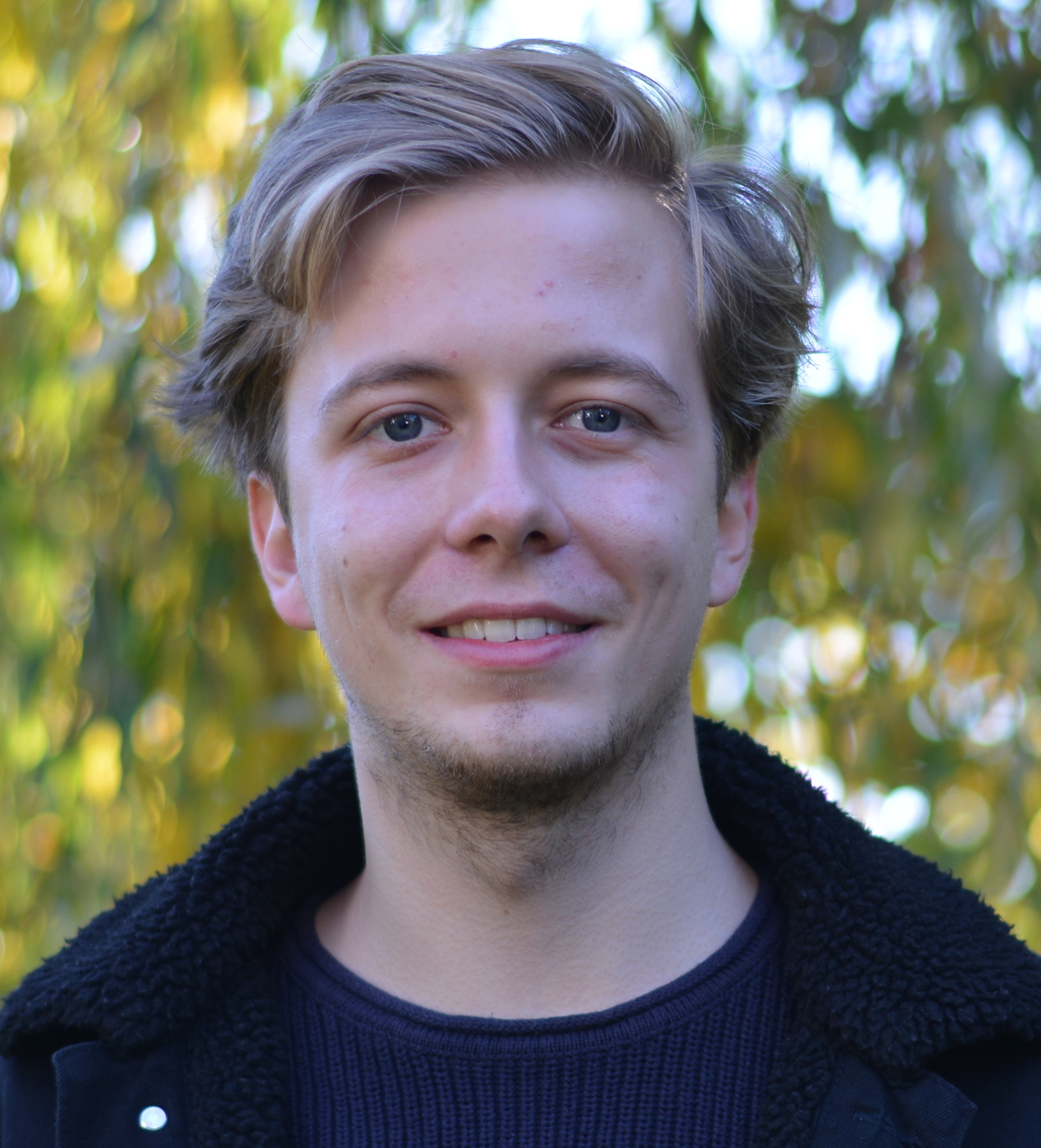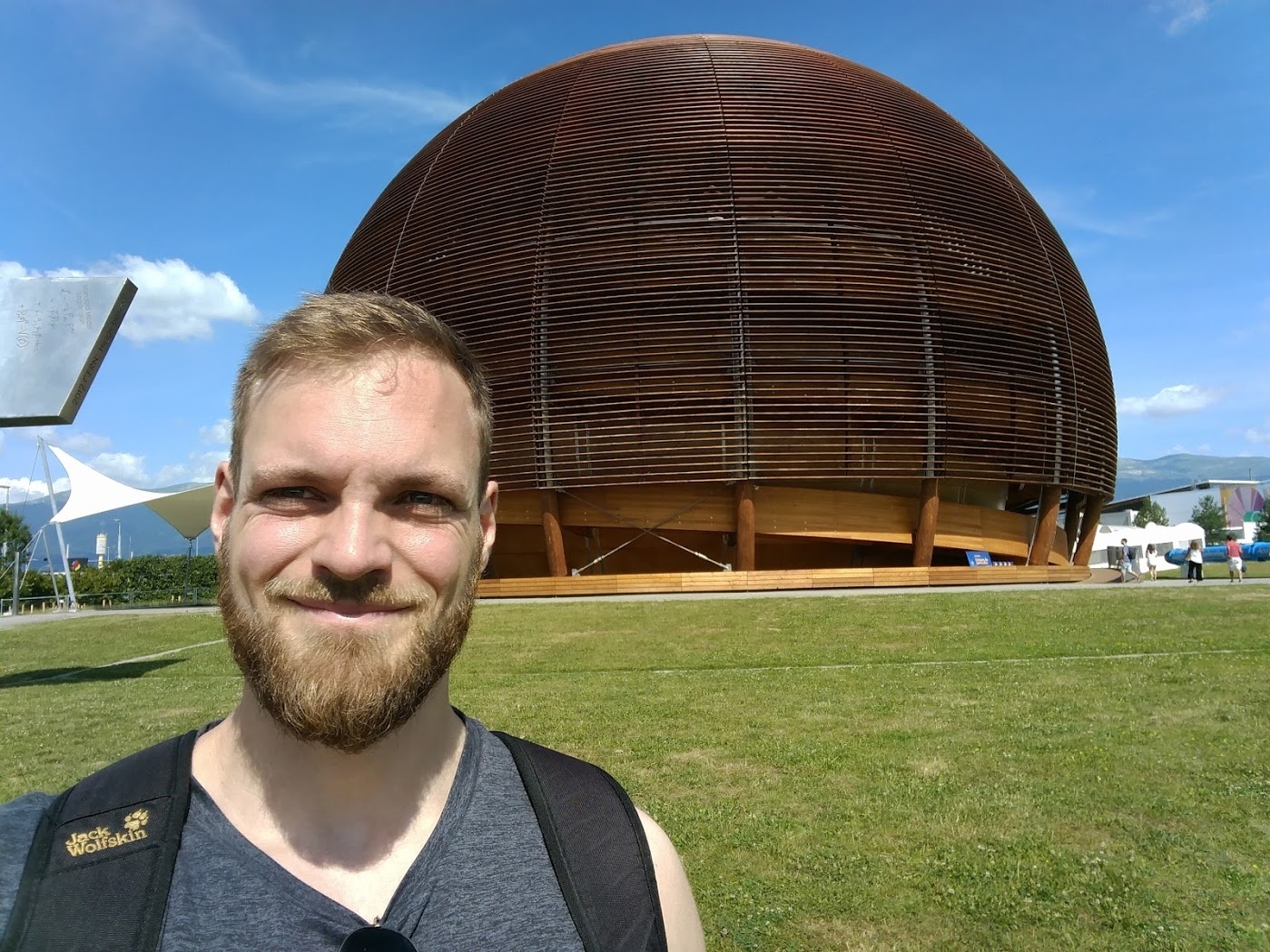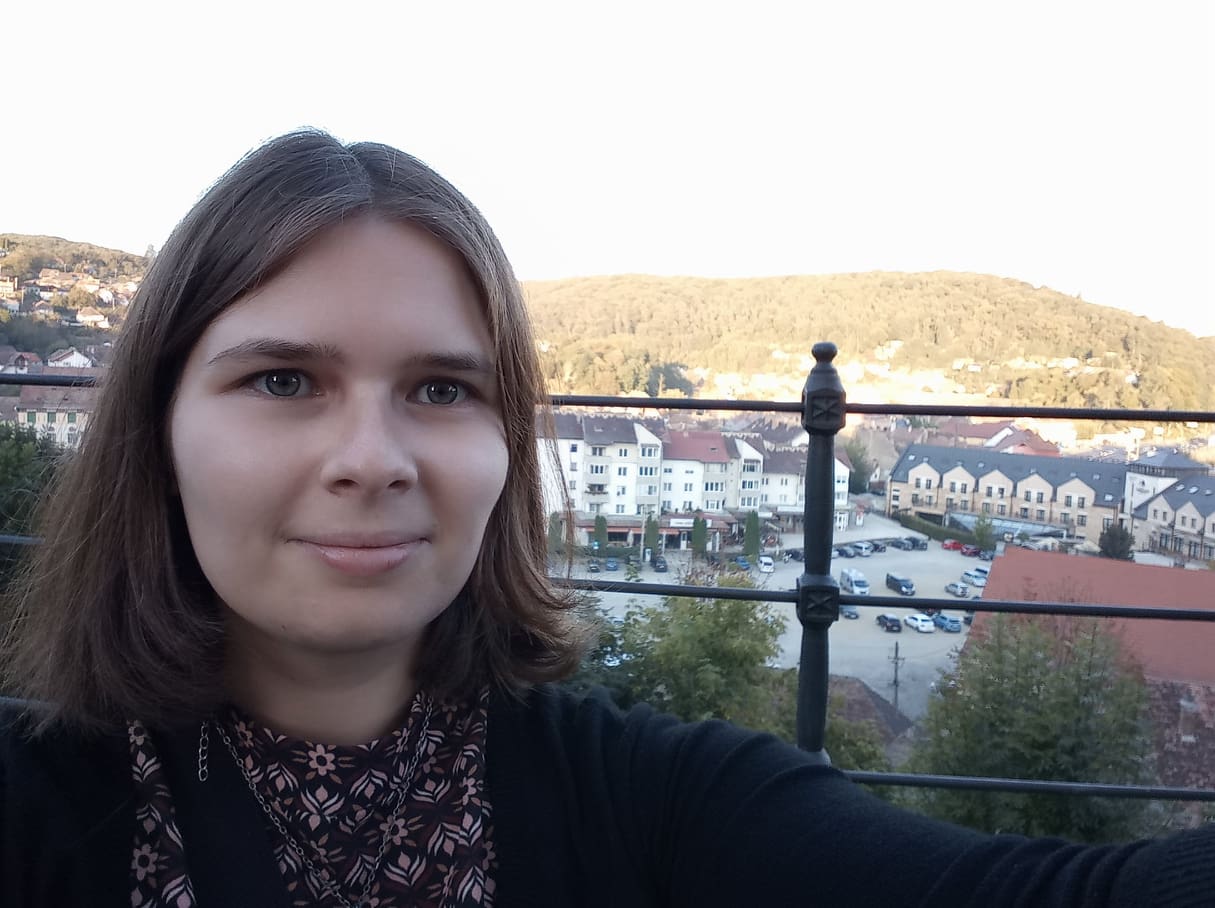 Miguel Astrain Etxezarreta
Miguel Astrain Etxezarreta
Universidad Politécnica de Madrid, Spain
I studied Physics and Electronics Engineering at Universidad del País Vasco (UPV), where I am from. I moved to Madrid where I completed my Msc in Nuclear Science and Technology and I am currently a PhD student at Universidad Politécnica de Madrid (UPM).
I have been working at the I2A2 Instrumentation laboratory at UPM in different positions since 2014. Among others, I develop solutions based on FPGAs for data acquisition and control systems. My thesis is focused on the development of such systems using OpenCL.
 Emil Kleszcz
Emil Kleszcz
CERN
I am a software engineer currently developing a new generation Hadoop and Spark service at CERN.
I hold an MSc diploma in Computer Science from Warsaw University of Technology. During the studies, I completed two student exchanges, one at the Technical University of Delft and the other at the Nanyang Technological University in Singapore. I was working for almost three years as a Java Software Developer at CERN, and at two other IT companies.
My main areas of professional interest are web development, distributed computing, and big data. In my free time I enjoy reading, skiing, running and traveling.
 Kilian Lieret
Kilian Lieret
Ludwig Maximilian University of Munich, Germany
I'm a PhD student for the Belle II experiment and part of its software group. Starting this year I am also one of the convenors of the software training WG of the HEP software foundation.
After Bachelor's degrees in mathematics and physics I did a Master's in theoretical and mathematical physics, while gaining software experience on various work and spare time projects. I found that reading relevant computer science literature as well as thinking and talking about design decisions more consciously and formally greatly improved my understanding of software and coding.
With my course I would like to share some of these insights and provide a platform for further discussion.
 Nis Meinert
Nis Meinert
German Aerospace Center (DLR), Germany
I have been studying physics at Rostock University and recently handed in my doctoral thesis. In the large data sample of the LHCb experiment at CERN I searched for rare b to open-charm two-body decays using physical intuition and statistical / ML methods. The results of this study are the first discovery of a decay by observing it with a statistical significance above five standard deviations, and estimations of upper limits of another, back then not yet observed, decay.
During my PhD time I had the fantastic opportunity to visit and participate at various international HEP, IT and ML orientated schools and conferences. These thrilling meetings boosted my passion for high performance computing and AI research and granted insights into leading edge developments.
Since August I am working at the German Aerospace Center (DLR) where I search for anomalies in safety-critical maritime traffic movements using non-linear Kalman Filters and AI/ML techniques.
I am a Linux fanboy, a C++ enthusiast, founder of a Python User Group, coffee lover and proud father of a lovely son.
 Ruchi Mishra
Ruchi Mishra
Nicolaus Copernicus Astronomical Center of Polish Academy of Sciences, Warsaw, Poland
Originally from India where I received my masters degree in Physics, I moved to Warsaw to follow my passion.
I am currently in my 2nd year of doctoral studies in Astrophysics . My PhD work focuses on computational simulation of environment around Neutron star and black hole. I use codes like PLUTO and KORAL for my work.
I like to explore new places, their culture and food habits. I also like to paint in my free time.
 Rita Roque
Rita Roque
LIBPhys, University of Coimbra, Portugal
I was born in 1995 in Coimbra, Portugal, where I have lived all my life.
I am a second year PhD student in Physics Engineering at University of Coimbra, where I am currently working on a novel optical imaging gaseous detector. In 2016 (my last bachelor year) I joined my current research group and have been working on X-ray imaging gaseous detectors ever since. At the end of the day,
I always try to find an hour or two to work on my short stories and novels.